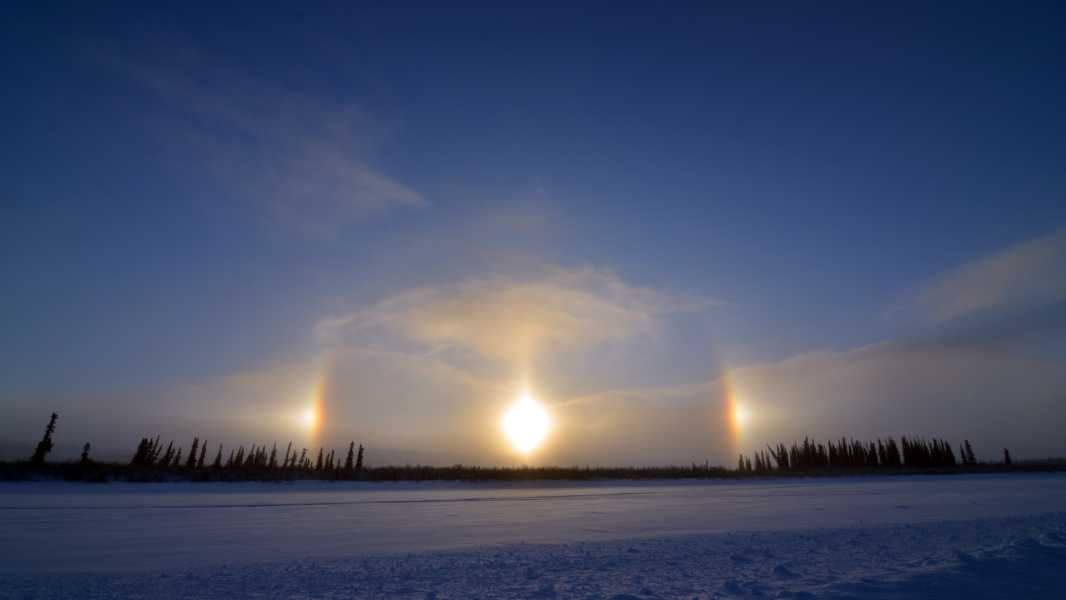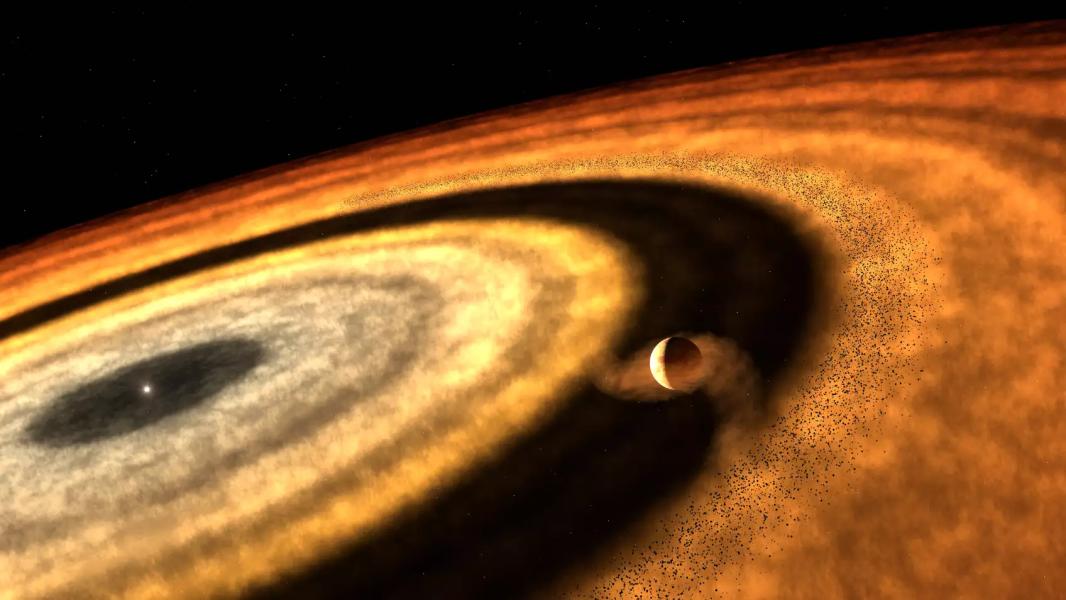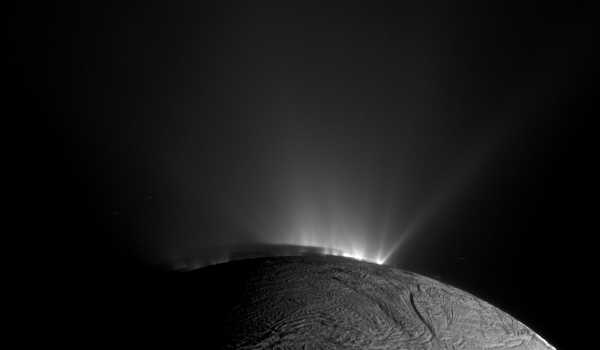
A sundog and a 22-degree halo can be seen in the sky above Winnipeg, Canada. The phenomenon is caused by sunlight interacting with aligned ice crystals. A new study suggests similar effects could be seen on distant exoplanets, where strong winds align tiny quartz crystals suspended in the atmosphere. (Image credit: karinegenest via Getty Images)
Spectacular light displays in the sky, such as halos around the moon or bright spots near the sun, aren't just wonders on Earth. Similar dazzling effects could be found on planets far away, according to a new study.
In a study published July 21 in The Astrophysical Journal Letters, Cornell University scientists suggest that the atmosphere of WASP-17b, a gas giant about 1,300 light-years from Earth, may exhibit flickering optical effects. WASP-17b, discovered in 2009, belongs to a category of planets known as “hot Jupiters” — gas giants that orbit very close to their star. As a result, the planet experiences intense heat and hurricane-force winds that can reach speeds of up to 10,000 mph (16,000 kilometers per hour).
The researchers speculate that these strong winds may be powerful enough to align tiny quartz crystals found in the planet's upper atmosphere, much like how ice crystals align in Earth's atmosphere to form “sun dogs” – halos and rainbow-colored light pillars that refract and scatter sunlight.
You may like
-

James Webb Telescope Finds 'Revolutionary' Molecule in Hot Clouds of Giant 'Hell Planet'
Sourse: www.livescience.com





